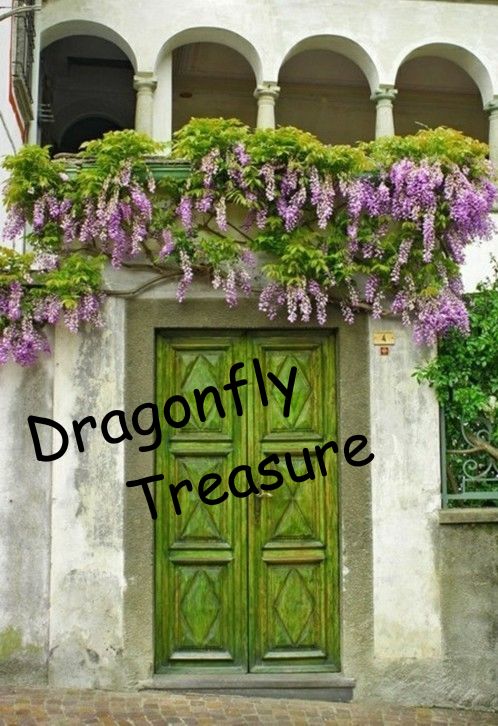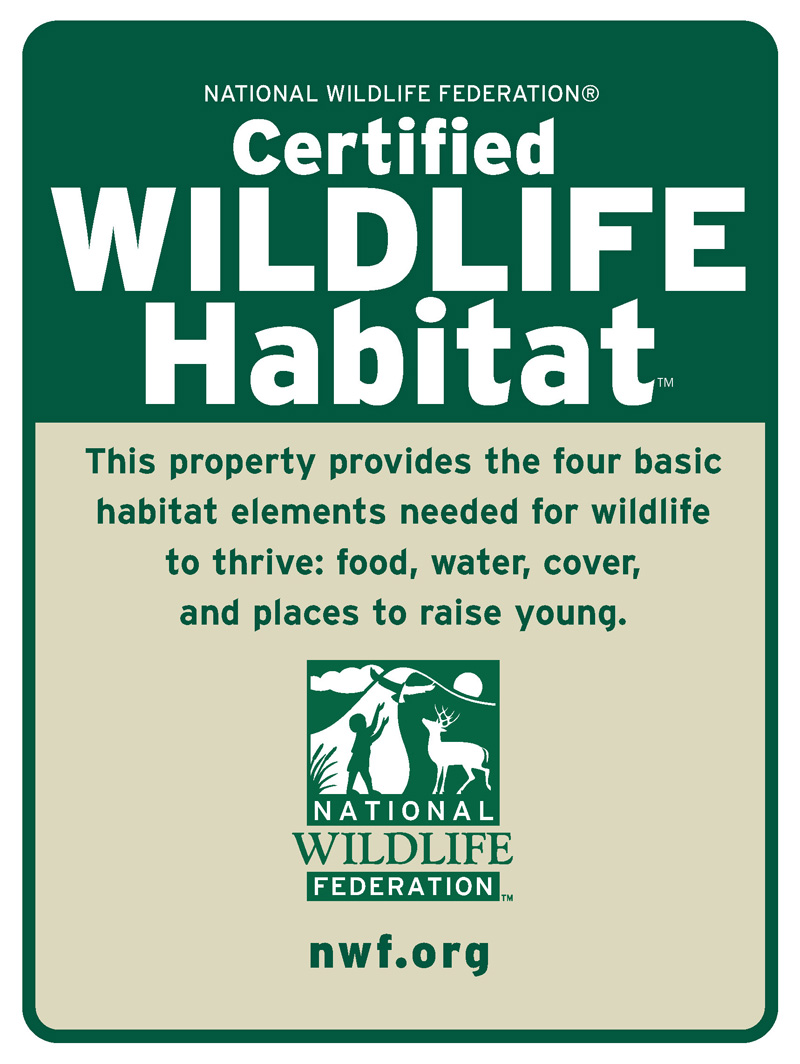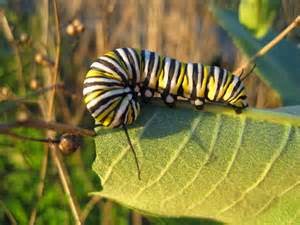I had no idea Monarch butterflies are in trouble.
Over the last few decades, populations of these iconic
orange and black butterflies have declined by over 90 percent.
Now that I stop and think about it I haven't seen any in my gardens in the past few years. So sad.
Like all butterflies, monarchs lay their eggs on select plants, called “host plants.” These are the only plants their caterpillars can eat, and for monarchs, milkweed is their only host plant.
Milkweed is becoming harder for monarchs to find. Despite being ecologically important and an often ornamental wildflower, most consider milkweed a weed to be eradicated, both in agricultural lands as well as in city and rural landscapes. Milkweed was considered an invasive weed when I was growing up. Luckily our cows and sheep would eat it so no herbicides were used. Dad didn't like Butterflies. Butterflies to him meant caterpillars that could eat the crops and attack his vegetable garden. Not so good for a small time farmer trying to make ends meet. He'd go out early in the morning and hand pick the caterpillars off the vegetables and drop them in a coffee can with some gasoline in the bottom. Not a pleasant way to go, but at least he wasn't contaminating the land for which he had a lot of respect for.
Hmmm, maybe that's why I go out early in the morning and handpick the snails off my plants?
As we’ve gotten better at wiping out milkweed, Monarchs have suffered. Even when milkweed isn’t being targeted directly, Monarch habitat in the United States is being gobbled up by development. Monarchs are also being directly killed by pesticides, both as caterpillars and as adult butterflies in farmlands and backyards.
1. Help Save Grasslands – America’s native grasslands are critically important for monarchs. They offer both milkweed for monarch caterpillars as well as nectar plants for adult butterflies and many other pollinators too. Today, more than 90 percent of native grasslands have been converted to cropland and development. Grasslands are disappearing faster than any other ecosystem in North America, and that’s a big problem for monarchs. I can attest to that just by what's happening in my area. Developers have come in and what once were fields have turned into streets full of houses.
2. Support Highway Habitat Corridor – NWF and USFWS are working to create a coalition of agriculture leaders and highway transportation organizations to plant milkweed and nectar plants along Monarch migratory flyways and in other important monarch breeding grounds. Milkweed to lay eggs on is in short supply, according to field observers, and will severely hurt the 3,000 mile Monarch migration. Such an awesome idea. On a good year, approximately 180-280 million Monarchs start migrating, mate, lay eggs along the way and their children continue the round trip. Milkweed is needed along the entire route or they will not survive.
3. Plant Milkweed – You can make saving the Monarch personal by planting milkweed in your yard. You’ll be rewarded not only with the knowledge that you are making a difference, but by attracting Monarchs to enjoy. You can plant it in an out of the way place where not much else will grow. Milkweed is very hardy. It seems a lot of us plant Butterfly Gardens full of nectar rich plants but forget before we can't have beautiful Butterflies, until after we have their caterpillars. Just one mating couple and a good supply of milkweed could produce many healthy fluttering friends for your community.
4. Don’t Use Pesticides – Monarchs are insects, and so spraying insecticides will kill them. Make the commitment to avoid spraying pesticides in your yard, especially since there are so many natural ways to control pests these days. Let's not pollute anymore than we have to, if at all.
5. Create Monarch Habitat– NWF’s Garden for Wildlife program can teach you how to turn any outdoor space into a complete habitat for monarch. Just provide food, water, cover and places to raise young. It all starts with what you plant and you can create a habitat garden in your own yard.
The loss of any species weakens the ecosystem that all species rely on for survival, including humans. Monarch butterfly decline is an indicator that there is something wrong in our shared environment and a warning that we could be affected as well. I'm sure we all want our Grandchildren to have a chance at seeing a Monarch Butterfly on a flower.
How to Plant Milkweed (Asclepias syriaca) Seeds:
Plant seeds 1/8 inch below the soil surface in a sunny location after last frost. You can also use a deep pot, most milkweeds have long roots.
Don't plant the seeds too deep, because they need plenty of light and warmth to germinate and grow (at 70 degrees within 14 days).
You can fertilize them lightly after the seedling stage, using a regular flower fertilizer.
Cutting off the top of the plant after they reach 8-12" creates more stalks and more leaves.
One caterpillar will eat 20+ large leaves so make sure you have enough plants to support the number of caterpillars you have, or they will starve.
It takes a minimum of 60 days from seeds to have a plant large enough to support a caterpillars' food needs.
After established, milkweed plants will develop a seed pod and will continue re-seeding year after year. You can also collect the seeds to sow in a different location.
Once you have a good supply of milkweed, you can also purchase eggs, small caterpillars or chrysalis to ensure there are butterflies in your area immediately or assist with the genetic diversity in remote areas.
As with any inedible plant, precautions around milkweed should be taken:
Do not eat.
Do not get sap on skin or in eyes.
Be sure children and pets do not eat or get on skin or eyes.
The real danger of Milkweed is that by cutting a growing plant the white "milk" sap of the plant contains components that can irritate the skin and eyes.
Be sure to wash hands with soap and water after cutting milkweed and do not wipe the face or eyes.

































































Great post! Wildlife gardening is so interesting and joyful. You learn so much about different species and nature itself. And your garden gets more treasures to look at :) Pinned!
ReplyDeleteI did plant a butterfly garden last year and was sad I had so few visitors. Know I know why! We will be lending our support and encourage everyone in helping these beautiful butterflies and their babies! thanks for sharing with us @ Snickerdoodle Sunday!
ReplyDeleteI remember Monarchs flying through when I was a child...lots of them. Now I see very few. I've planted milkweed in my yard and intend to do so in my new place. Good information on saving these beauties!
ReplyDeleteWhat a beautiful post!
ReplyDeleteThanks so much for sharing the plight of the Monarch at the Vintage Inspiration Party - it would be truly tragic if they disappeared.
ReplyDeleteThank you for sharing this great post with Idea Box! I had no idea the Monarch population was decreasing so rapidly. You have a wealth of information here to help! Thank you.
ReplyDeleteWow, this really makes sense. I don't see Milkweed growing much like I did as a child. I think homes have overtaken the fields where it grew wild. I think I need to find some and plant it up on the hill where we are going to build my potting shed. Thanks for sharing with SYC.
ReplyDeletehugs,
jann